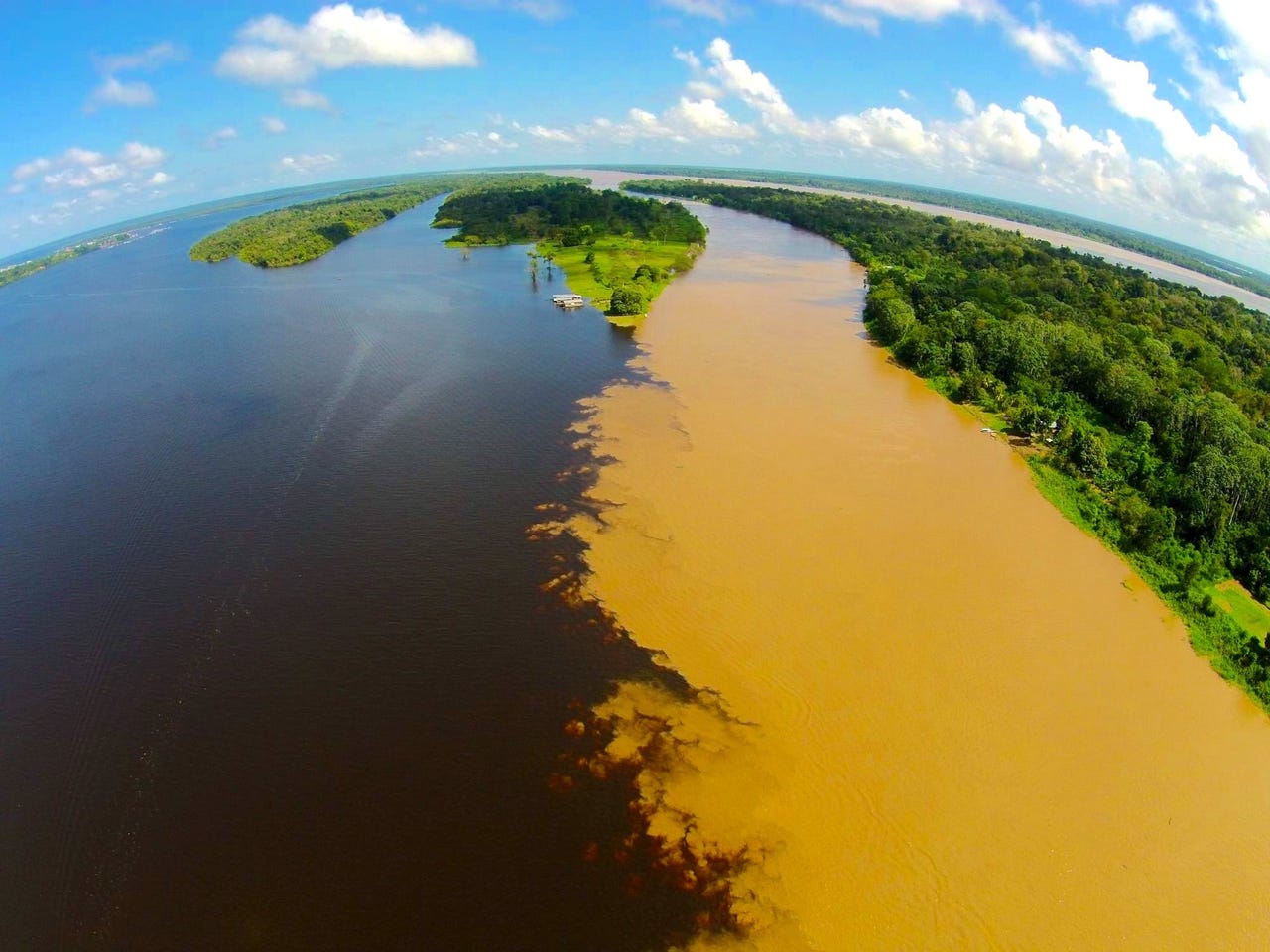CSIRO Data61 scientists trialling Amazon biodiversity monitoring system


A remote monitoring system to track the deteriorating biodiversity of South America's Amazon rainforest will be trialled by scientists from CSIRO's Data61, Brazil's Mamirauá Institute, and Spain's BarcelonaTech over the next six months.
The scientists will be installing wireless sensors throughout the Amazon with autonomous nodes that continuously monitor wildlife.
The team has been granted AU$2 million by the Gordon and Betty Moore Foundation to carry out the first stage of the biodiversity monitoring project called Providence.
Latest Australian news
A study by Lancaster University and the Federal University of Lavras published in April states that biodiversity loss due to human activities might be worse than anticipated due to commonly used scientific methods.
Dr Alberto Elfes, research scientist at CSIRO's Data61, said it's difficult to obtain accurate biodiversity information via traditional methods that involve researchers trekking into the jungle to manually count the species they see and hear.
He added that plant and animal species are being extinguished at a faster rate than what researchers have been able to report.
"Remote sensing satellites and science aircraft provide a wealth of data about broad changes in forest cover, deforestation and land use, but these methods reveal almost nothing about the true story of biodiversity beneath the forest canopy," Elfes said.
The Providence project will bring together a range of technologies including acoustics, visual, and thermal imaging, as well as data compression and transmission and energy management, to track and understand the impact of changes in forest cover and biodiversity.
"We'll be collecting data from acoustic sensors for underwater creatures, as well as terrestrial animals such as birds, frogs and monkeys, visual images, environmental data [such as] wind, temperature, humidity, and air pressure, and even thermal images," said Dr Emiliano Esterci Ramalho, researcher and monitoring coordinator at the Mamirauá Institute in Brazil.
The scientists will focus on animals such as jaguars, bats, birds, reptiles, river dolphins, and fish in the initial trial stages of the project.
In phase one, the scientists will fit out CSIRO's Ngara wireless technology and field test 10 monitoring devices. Phase two will involve scaling up the number of sensor nodes in the Amazon basin to around 100, followed by up to 1,000 nodes installed in phase three.
Professor Michel André, director of the Laboratory of Applied Bioacoustics of the Technical University of Catalonia, BarcelonaTech, said monitoring wildlife with underwater passive acoustics will be a key technology in this project.
"New sensor developments and increased power in processing modules, originally developed for complex underwater ocean ecosystems, will be applied to the conservation of terrestrial and aquatic creatures for the first time in a large scale environment like the Amazon," André said. "This unique biodiversity of sounds will be streamed online so the scientific community and the general public can follow our progress in real-time from the comfort of their lounge room."
Recently, the Victorian Department of Environment, Water, Land and Planning completed a successful 12-week trial that tested the capability of remotely piloted aircraft systems, or drones, for more effective monitoring of planned burns -- the process of burning flammable materials under controlled conditions to reduce the spread of bushfires.
The drones were also tested for the tracking of koalas, deer, penguins, and seals; environmental and coastal management, such as coastal erosion; and cultural heritage mapping.
Meanwhile, autonomous sailing drones are being used to monitor the temperature and pH levels of ocean water; and underwater robots are working to restore biodiversity in oceans by hunting invasive species.